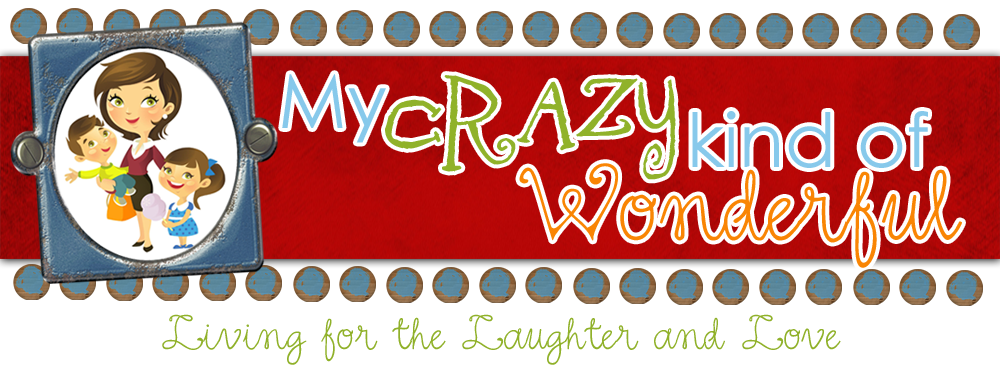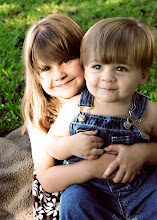After giving birth to your child do you ever think about what the next years will hold? You pretty much are concentrating on feedings, diaper changes and sleep schedules. Once you get the first few months under your belt you tackle rolling over, crawling and solid foods. Not far away your little one will be pulling up on the furniture, walking and babbling. Communication with your little bundle of joy is limited until they can actually speak words.
Most moms begin talking to their unborn babies while in the womb and your child recognizes your voice the moment they are born. But they cannot verbally communicate to you. Did the thought ever cross your mind about signing to them? Even children that do not have hearing impairments can quickly communicate with their parents in the form of "sign".
I was contacted by Emily Patterson about her recent article on Sign Language and Early Childhood Education and the importance of it. I found the article quite interesting and wish that I had known this when I gave birth to my first child seven years ago. I used to think parents who "signed" with their children instead of just trying to teach them to talk were silly. After visiting with my brother and his son this Christmas I changed my mind. My nephew who is 18 months old uses several "signs" that he has been doing since he was 9 months old and has quite a vocabulary and is putting 2-3 word sentences together. It is amazing! I hope you find her article as interesting as I did and consider the positives of early learning.
Sign Language and Early Childhood Education
The ability to communicate articulately in a variety of ways with the widest possible audience, is a skill that can take you far in our society today. Whether you learn a second language for job opportunity or just to become more diverse, it is a great unique ability.
This includes bilingual ability as well as the ability to communicate in non-verbal ways for the benefit of the disabled – primarily the deaf.
Signing Before They Can Speak
Research has shown that the early years of ages 2 to 5 is the best time to educate children in different modes of communication and language. This goes beyond the spoken word (though it is an optimal time for children to learn a second language); many young children have an aptitude for signing as well. This can be taught at home or some child care programs incorporate it into their curriculum.
While teaching a 2 year old a second language may seem a tad early or odd, it's actually been shown that sign language is innate. Many indigenous peoples around the world, including American Indian nations, have used sign language for centuries to facilitate communication with other tribes with whom they do not share a language. Some paleontologists and anthropologists theorize that Neanderthals – who apparently lacked the vocal mechanism to produce many spoken words – depended a great deal upon hand gestures to communicate.
Boulder Daily Camera published an article in 2003 presenting strong evidence that babies as young as six months old communicate with their hands:
"...by 6 to 7 months, babies can remember a sign. At eight months, children
can begin to imitate gestures and sign single words. By 24 months, children
can sign compound words and full sentences. They say sign language reduces
frustration in young children by giving them a means to express themselves
before they know how to talk." (Glarion, 2003)
The Best Time To Start
The sooner the better for children to start. From the ages 2 to 5, the child's brain is most flexible, making it easier for them to learn not only one language, but two or three even. They are able to mimic the signs when learning sign language, and in most cases even create their own in the beginning (which is ok!)
Not only does early childhood education in signing give pre-verbal youngsters a way to communicate, it can also strengthen the parent child-bond. Signing minimizes frustration levels and helps parents to communicate with their children before they can even walk!
It Can Last A Lifetime
The benefits are endless. Incorporating sign language into a child's early education not only optimizes learning potential for children but it helps them in the future as well.
Studies show that young children who are taught sign language at an early age actually develop better verbal skills as they get older. They have higher levels of skill in vocabulary, spelling and music as well.
Co-written by Emily Patterson and Kathleen Thomas
Emily and Kathleen are Communications Coordinators for the Indiana child care facility, a member of the AdvancED® accredited family of Primrose Schools (located in 16 states throughout the U.S.) and part of the network of child care preschools delivering progressive, early childhood, Balanced Learning® curriculum
Tuesday, January 18, 2011
Subscribe to:
Post Comments (Atom)


























1 comments:
Great post!
I signed with all three of my kids and it was amazing! I loved that they had a way to communicate early on with us. I appreciate you sharing this article!
Post a Comment